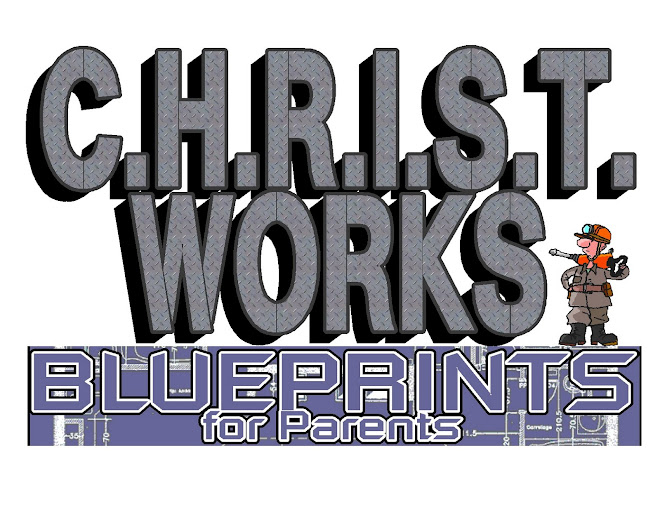THANKSGIVING THEME NIGHT
Tomorrow Night at
Awana Clubs, clubbers get extra points for dressing up as pilgrims, native
Americans, turkeys etc. so get creative and have fun with it! Grab a belt and wrap it around a brimmed hat,
roll your pant legs with long socks and dress shoes. Stick some feathers in your hair and put some
face paint on. You get the idea!
Let’s celebrate
Thanksgiving and the end of the Pop-Out!



